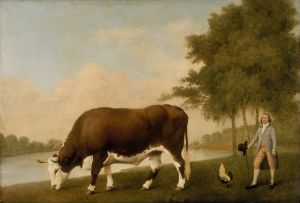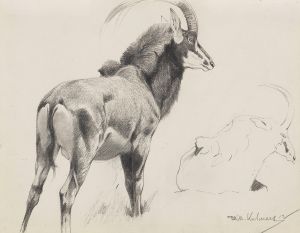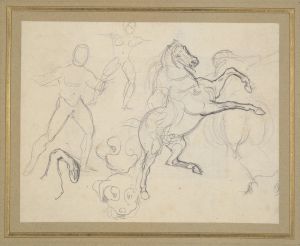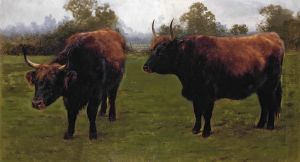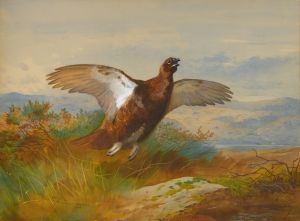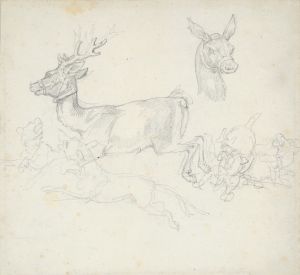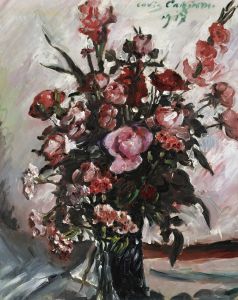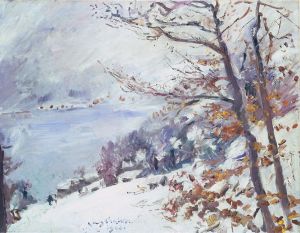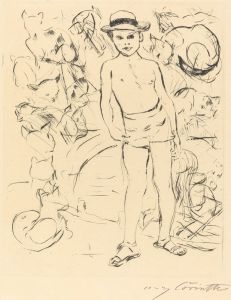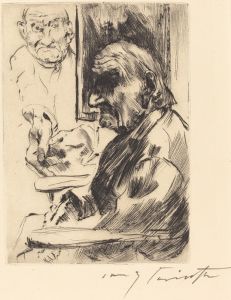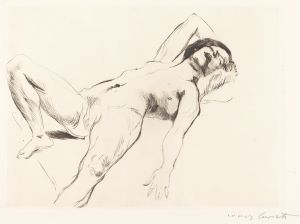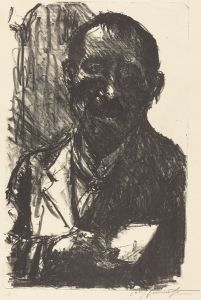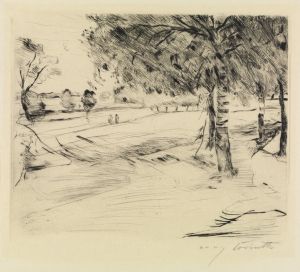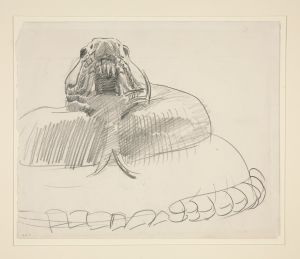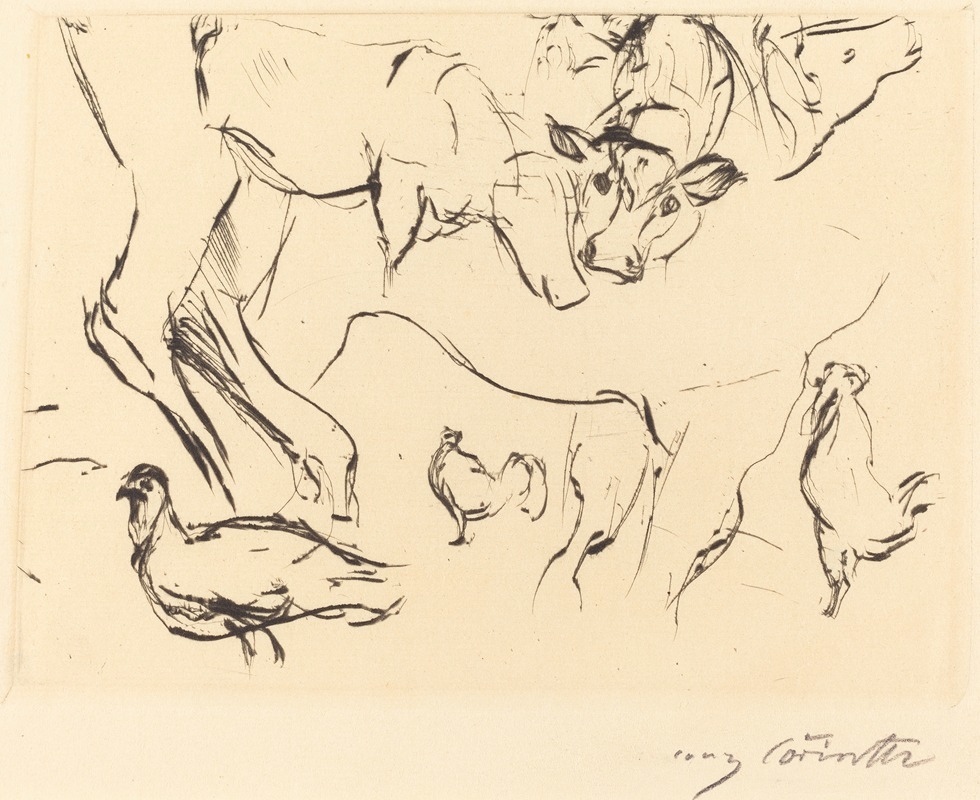
Animal Studies
A hand-painted replica of Lovis Corinth’s masterpiece Animal Studies, meticulously crafted by professional artists to capture the true essence of the original. Each piece is created with museum-quality canvas and rare mineral pigments, carefully painted by experienced artists with delicate brushstrokes and rich, layered colors to perfectly recreate the texture of the original artwork. Unlike machine-printed reproductions, this hand-painted version brings the painting to life, infused with the artist’s emotions and skill in every stroke. Whether for personal collection or home decoration, it instantly elevates the artistic atmosphere of any space.
Lovis Corinth was a prominent German painter and printmaker, known for his contributions to the transition from Impressionism to Expressionism. Born in 1858 in Tapiau, East Prussia, Corinth's artistic journey took him through various styles and movements, reflecting the dynamic changes in art during his lifetime. One of his lesser-known works is "Animal Studies," which showcases his skill in capturing the essence of his subjects with a keen eye for detail and a vibrant use of color.
"Animal Studies" is a testament to Corinth's versatility as an artist. Although specific details about the creation date and the exact animals depicted in this work are not widely documented, it is known that Corinth had a profound interest in the natural world. This interest often manifested in his art through detailed studies of animals, which he approached with the same vigor and intensity as his human portraits and landscapes.
Corinth's technique in "Animal Studies" likely reflects his broader artistic style, characterized by bold brushwork and a dynamic use of color. His ability to convey movement and emotion through his brushstrokes is evident in many of his works, and it can be assumed that "Animal Studies" would exhibit similar qualities. Corinth's approach often involved a loose, expressive style that captured the vitality and essence of his subjects, whether they were human or animal.
Throughout his career, Corinth was influenced by various art movements and styles. He initially studied at the Academy of Fine Arts in Munich, where he was exposed to the German Realist tradition. Later, his time in Paris introduced him to Impressionism, which significantly impacted his use of color and light. By the time he created "Animal Studies," Corinth had developed a unique style that blended elements of Impressionism with a more expressive, emotional approach.
Corinth's work often explored themes of life, death, and the passage of time, and his animal studies were no exception. These themes were particularly poignant in the later years of his life, following a stroke in 1911 that left him partially paralyzed. Despite this setback, Corinth continued to paint with renewed vigor, and his later works are marked by a heightened emotional intensity.
While "Animal Studies" may not be as widely recognized as some of Corinth's other works, such as his self-portraits or historical scenes, it remains an important part of his oeuvre. It reflects his enduring fascination with the natural world and his ability to capture the spirit of his subjects with both technical skill and emotional depth.
Lovis Corinth passed away in 1925, leaving behind a rich legacy of art that continues to be celebrated for its innovation and emotional power. His contributions to the art world, particularly in bridging the gap between Impressionism and Expressionism, have cemented his place as a significant figure in the history of modern art. "Animal Studies," like many of his works, offers insight into his artistic vision and the diverse range of subjects that inspired him throughout his career.





